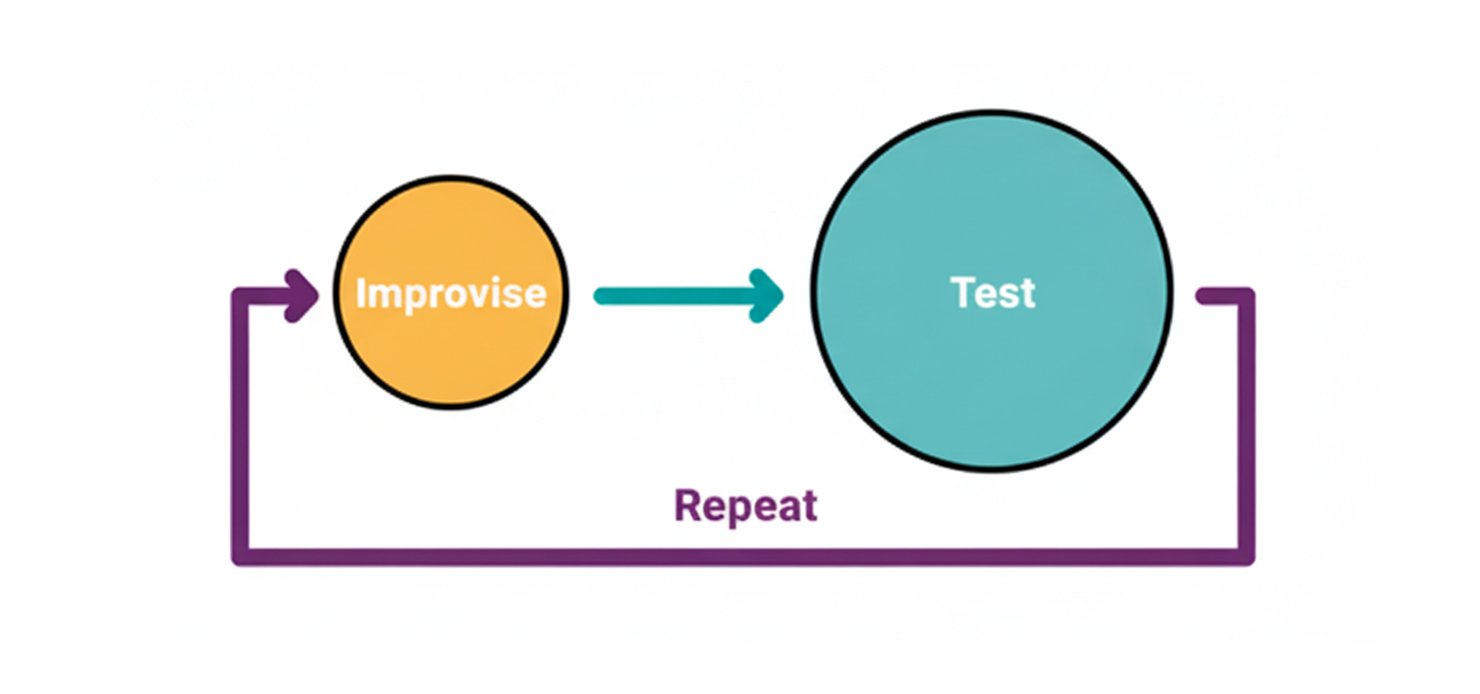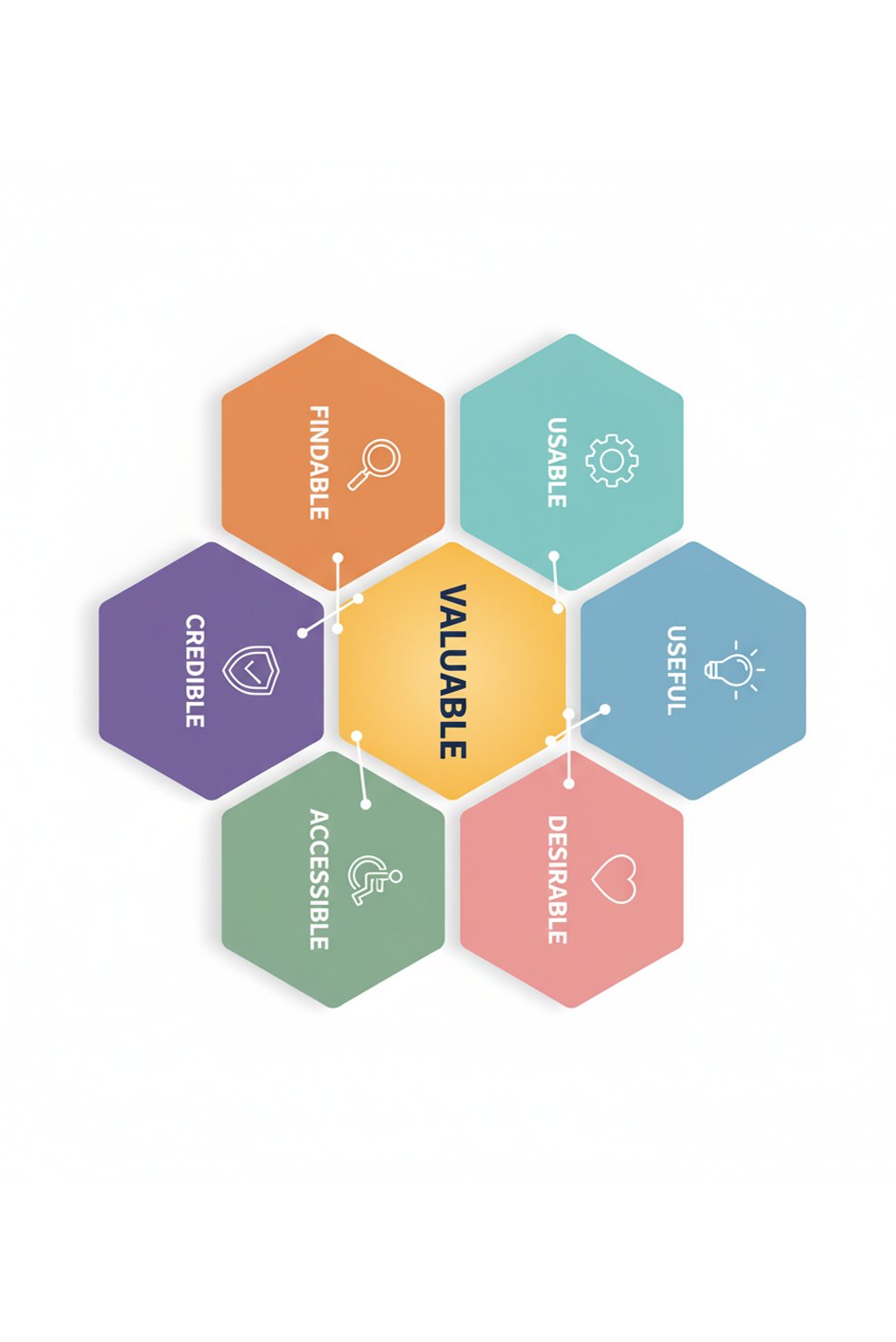Usability Testing is the Key to Continuous Improvement
User testing is always valuable. Even a session with a less-than-ideal participant can yield insightful feedback and suggestions for improvement.

Don't Make It a Big Deal
Many people assume usability testing is time-consuming, costly, and has to be a major event. Sometimes you hear, "It's too early to test our product." Crap. It is never too early to share your product with a user, even if it's just an initial idea. If you make testing a big deal, you won't do it early or often enough. Including feedback from end-users at an early stage ensures you are on the right track. Remember, keep it simple so you'll keep doing it.
How often should we test?
The ideal cadence depends on your project timeline. A good rule of thumb is to test at least once a month, increasing the frequency for shorter, more intensive projects. Holding sessions on a fixed day (e.g., every other Thursday) dramatically increases the chances that team members will make time to observe at least some of the sessions.
If you're working on an existing product, you should also test it before you start the improvement process so you'll know what's already working and what isn't. Then, throughout the project, continue to test everything the team produces, beginning with your first rough sketches and continuing with wireframes, prototypes, and finally, the actual product.
What Tasks Should You Test?
The tasks you choose to test will depend on what is new or has been recently improved. Focus on the core user flows or new features. For instance, if you are testing a checkout process, the tasks might be: Review Cart, Edit Items in Cart, Delete Items from Cart, Review Payment Options, Review Address Book, Review Delivery Information, Checkout, and Confirmation.
Who should facilitate the session?
The person who sits with the participant and leads them through the test is called the facilitator. A good facilitator is patient, calm, empathetic, and an excellent listener-someone who can easily make the participant feel comfortable.
Who should observe the session?
You can include as many observers as you want. Observing sessions is a transformative experience, especially for stakeholders and managers, as it helps them understand that they are not the user.

Tips for Usability Testing
- Welcome your participant. Remember, they are doing you a favor. The success of your product depends on their feedback. Ask a couple of questions to get to know them: who they are, their familiarity with computers and the internet, and what they do for a living.
- Encourage the user to be honest and not worry about making mistakes. Emphasize this crucial point: "We are testing our product, not you." Never make them feel embarrassed.
- Give them a brief introduction to your product, but don't give away too much information. Let them discover what it's all about. Politely tell them you won't be able to answer their questions during the session but will answer them once it is complete.
- After the test, you can ask the participant questions about their experience and ask the observers if they have any questions for the user. Finally, thank the user, pay them the promised incentive, and walk them out.
- Take a short break between participants to discuss initial findings with the observers.
Conclusion
Finally, usability testing is not a complex or formal task. It should be a simple conversation with your users. By making it frequent and low-cost habit, you replace assumptions with evidence and ensure that every design decision is based on user needs. The insights you gain are not just just suggestions for improvements, treat them as blueprint for a solid product foundation.